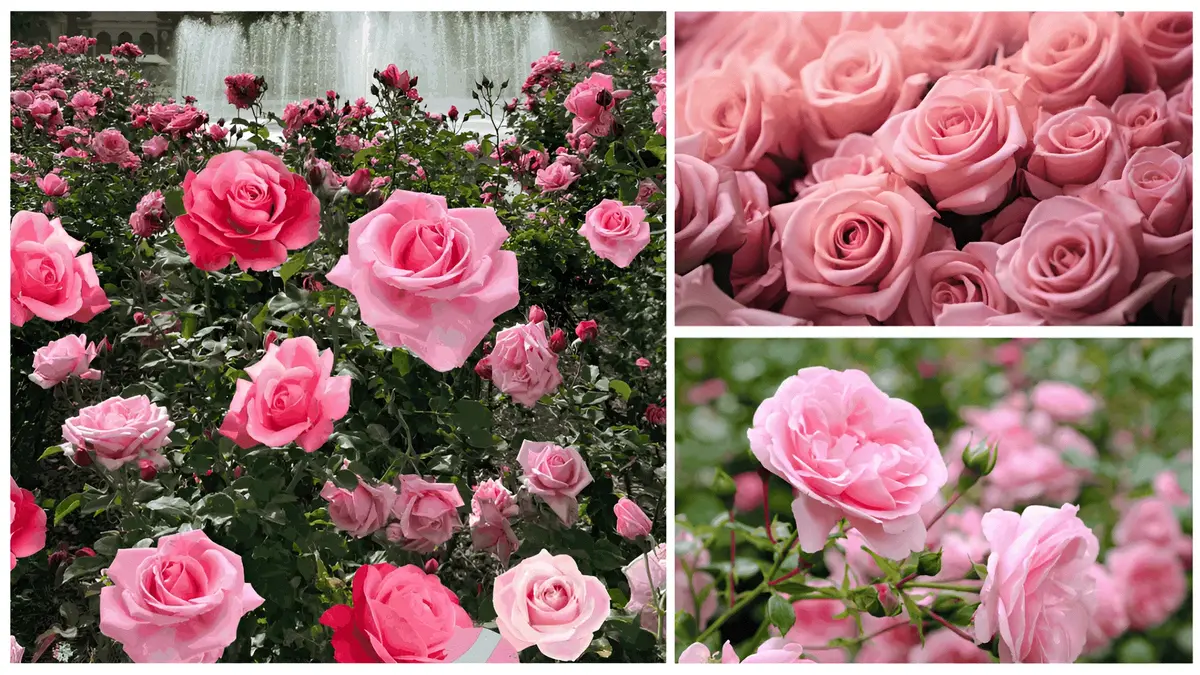Few flowers carry the timeless elegance and charm that pink roses do. Whether planted in a garden bed, grown in a container, or gifted as a bouquet, their soft blush tones and delicate form speak volumes. In this article, we’ll explore the symbolism behind pink roses, share practical growing tips to help you succeed, and highlight some of the best varieties for your garden. At the end, you’ll find a handy table comparing key variety attributes and a short FAQ section to answer common questions.
Symbolism of Pink Roses
Pink roses carry rich meaning tied to their color, and the shade of pink can add nuance. Overall, pink roses represent grace, gentleness, admiration, joy, and appreciation.
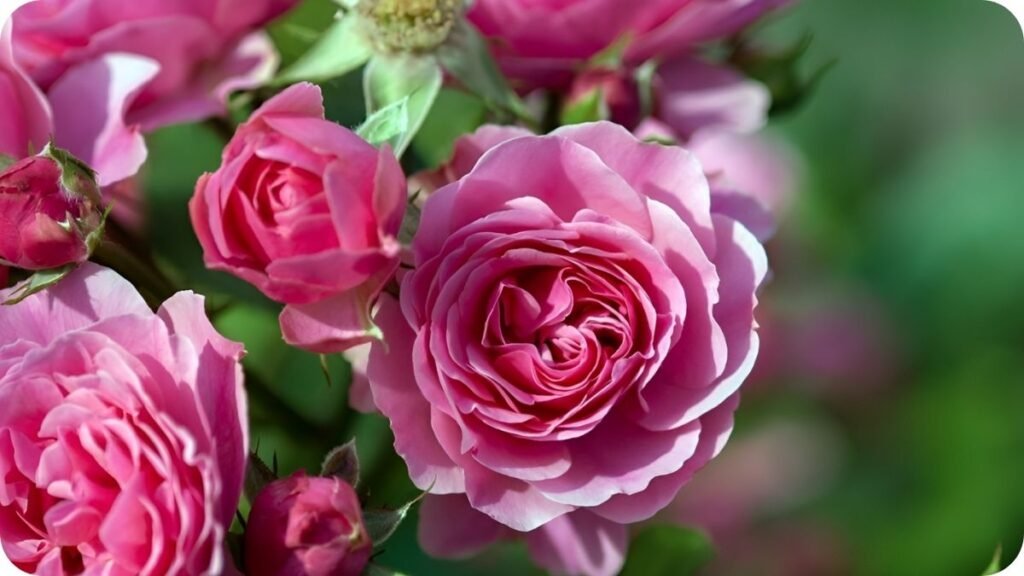
Here’s a breakdown of what different shades typically convey:
- Light‑pink: sweetness, innocence, gentleness
- Medium or rose‑pink: elegance, cheerfulness, admiration
- Darker pink: gratitude, recognition, appreciation
Because of these meanings, pink roses make an excellent choice for many occasions: thanking someone, celebrating a milestone, offering gentle affection, or simply adding grace to a garden. They are less intense than red (which often signals passion) but richer in sentiment than plain white.
Growing Tips: How to Succeed with Pink Roses
Growing roses might feel intimidating, but with the right conditions and care they’ll reward you beautifully. The following guidance applies well to pink‑flowered roses (and most garden roses in general).
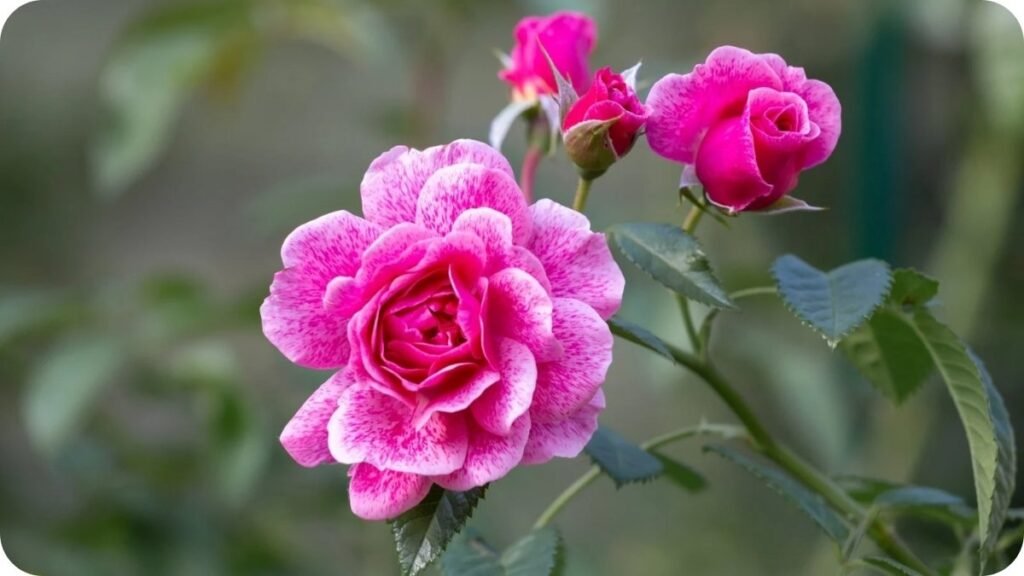
Location & Soil
- Choose a site with at least 6 hours of direct sunlight daily. Morning sun is especially helpful.
- Ensure good drainage: roses dislike “wet feet” (standing water, soggy soil).
- Use loamy, fertile soil enriched with organic matter (compost, manure) and aim for a pH around 6.0 to 6.5.
- Provide spacing so air circulates around plants (this reduces fungal disease).
Planting & Care
- When planting, dig a hole wide and deep enough to accommodate the root system (twice the width is often suggested).
- Mix compost into the backfill soil and place the plant so the graft union (for grafted roses) is just above or at soil level as recommended.
- Apply a 2‑3 inch layer of mulch around the base to help retain moisture and suppress weeds — but keep mulch a bit away from the stems.
Watering & Feeding
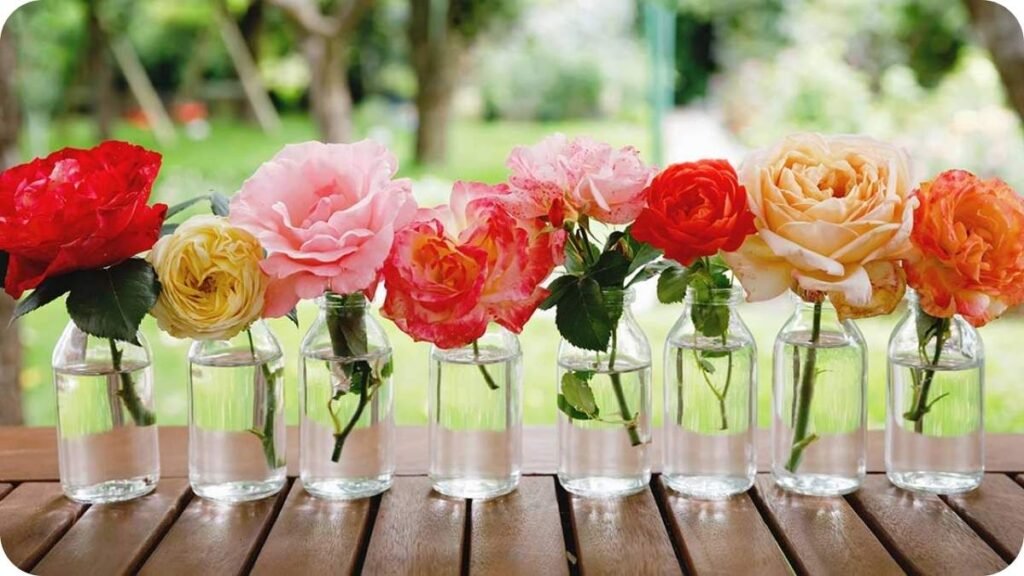
- Water deeply, less often (rather than shallow frequent watering). Aim for about 1 inch of water per week, more in hot/dry weather.
- Avoid overhead watering if possible; keep water on the soil rather than on the leaves to reduce risk of fungal disease.
- Feed roses regularly during the growing season. For example, use a balanced fertilizer or organic amendment each month or according to the product instructions.
Pruning & Maintenance
- Prune in late winter/early spring (or when new buds begin) to remove dead or diseased canes, and to shape the bush.
- Dead‑heading (removing spent blooms) encourages new flowers.
- Check regularly for pests and diseases (aphids, black spot, powdery mildew) and treat promptly. Good air circulation, clean tools, and removal of old leaves help prevention.
- In colder climates, provide winter protection (mulch deeply, mound soil, cover if needed).
Best Varieties of Pink Roses
Below is a table comparing some excellent pink rose varieties, focusing on attributes that matter (height/spread, bloom style, fragrance, suitability).
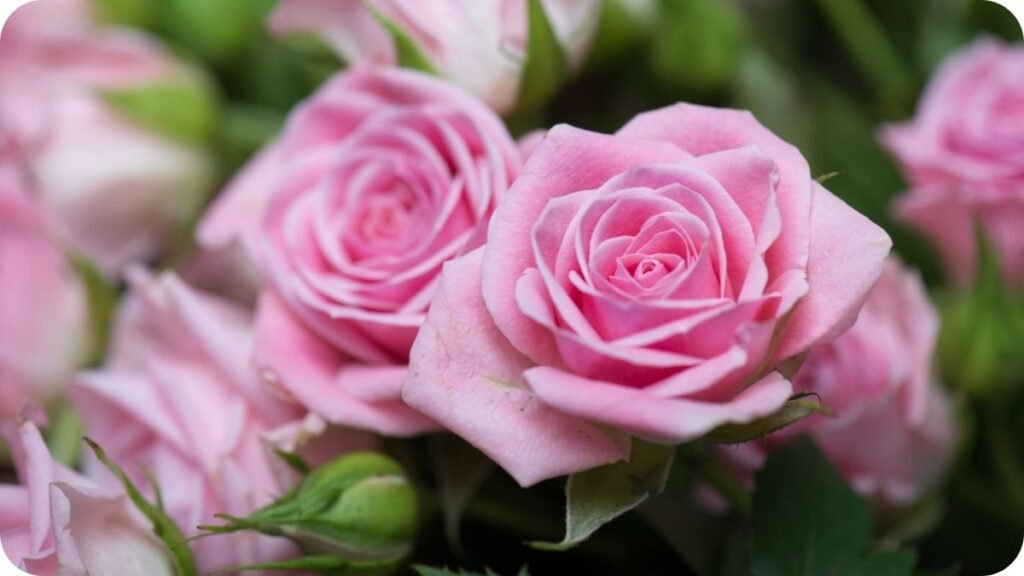
| Variety Name | Height × Spread | Bloom Style & Fragrance | Notes |
|---|---|---|---|
| ‘Madame Caroline Testout’ | ~3‑4 ft height | Bright pink, strong fragrance | Classic hybrid tea rose, historic variety. Wikipedia |
| ‘Pink Flamingo’ | ~4‑5 ft height | Deep pink with hints of salmon, moderate fragrance | Grandiflora type, highly praised. Wikipedia |
| ‘Royal Highness’ | ~4‑6 ft height | Light pink, strong sweet fragrance | Upright shrub, elegant form. Wikipedia |
| (Additional varieties to consider) | – | – | Lists of many pink‑rose types exist. Epic Gardening+1 |
Feel free to select the variety that fits your space (compact vs tall), fragrance preference, bloom style, and climate.
Quick Tips for Pink Rose Success
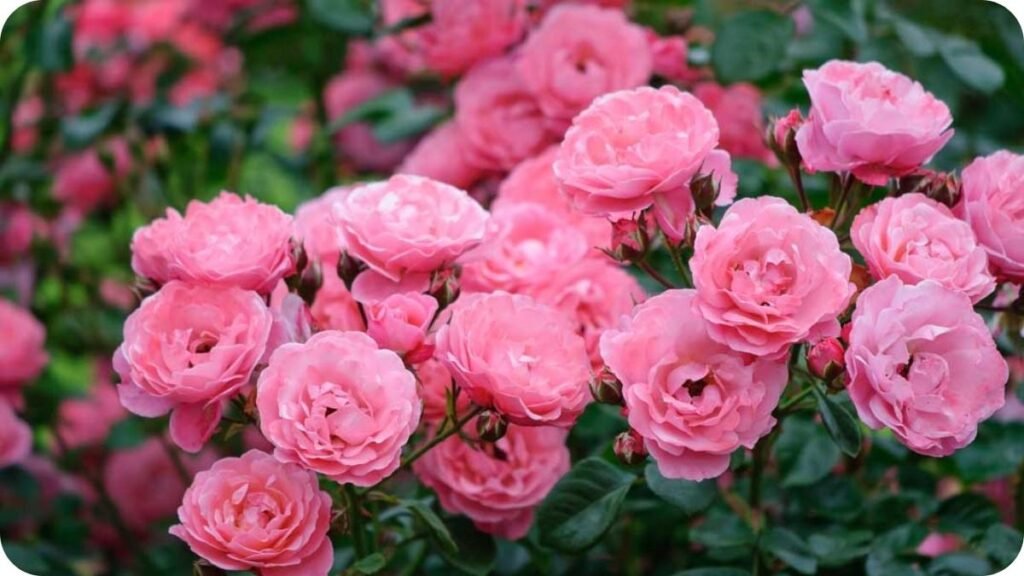
- Choose a sunny spot with good airflow.
- Plant in well‑draining, enriched soil.
- Water at the base, mulch for moisture retention.
- Feed regularly and prune smartly.
- Monitor for diseases and pests.
- Match the variety to your site and space.
Frequently Asked Questions
Q1: What shade of pink should I pick and what does it mean?
A1: Light pink shades suggest gentleness and admiration; medium pinks speak of cheer and elegance; darker pinks convey gratitude and appreciation.
Q2: Can pink roses be grown in containers?
A2: Yes — many varieties adapt to container growing as long as the pot is large enough (12–16 inches or more), has good drainage, and you provide regular watering and feeding.
Q3: My rose leaves are turning yellow and there are black spots. What should I do?
A3: Yellow leaves + black spots often mean black‑spot disease. Improve air circulation, remove and discard infected leaves, avoid overhead watering, and consider a fungicide or organic alternative.
Q4: How often should I fertilize my pink roses?
A4: During the active growing/blooming season feed every 4‑6 weeks with a balanced rose fertilizer or organic amendment. After late summer reduce fertilizing to prepare for dormancy.
Q5: Will pink roses attract pollinators and benefit my garden bees?
A5: Yes they can, though roses with very tightly packed petals may be less accessible to pollinators than single‑petal forms. If you choose garden roses with open blooms you’ll increase bee and butterfly visits.
